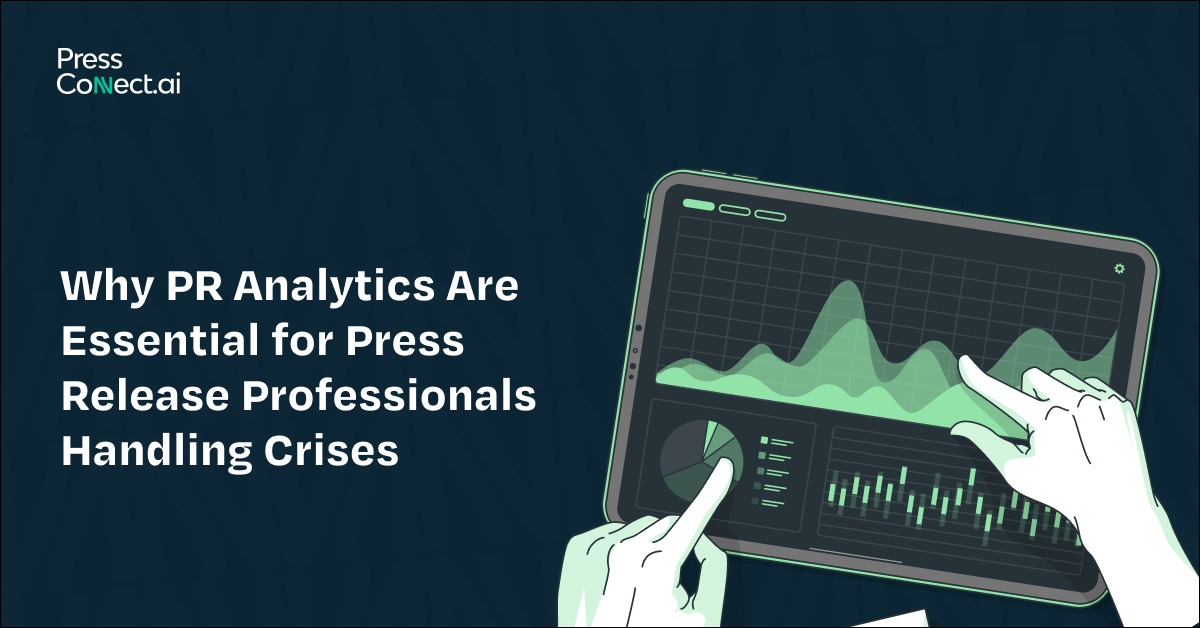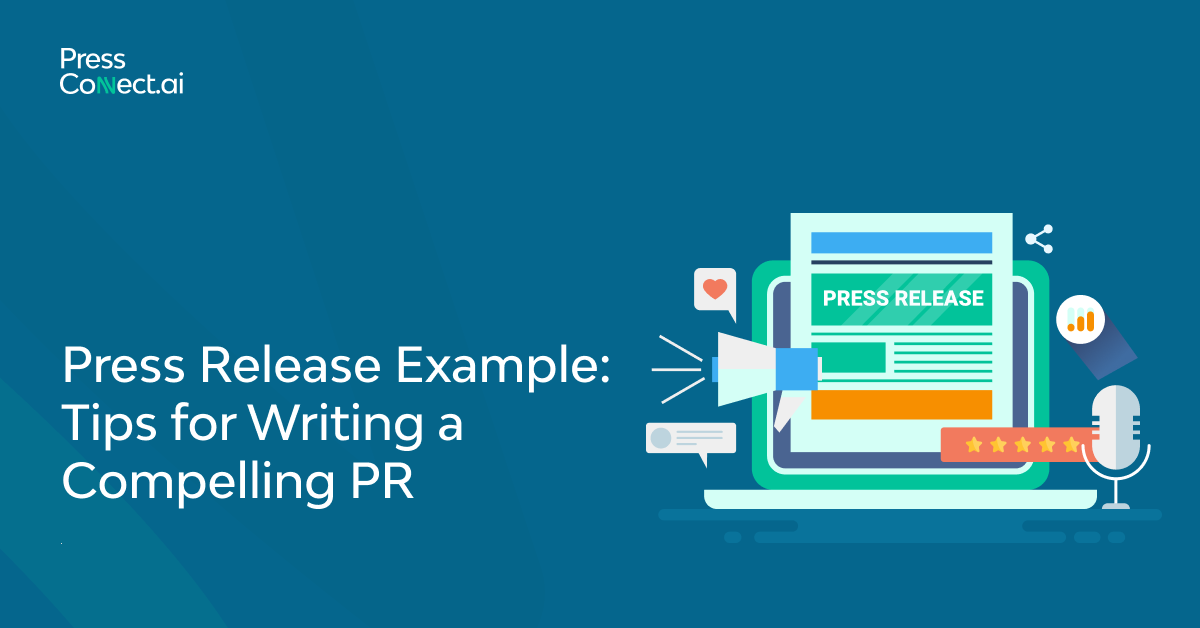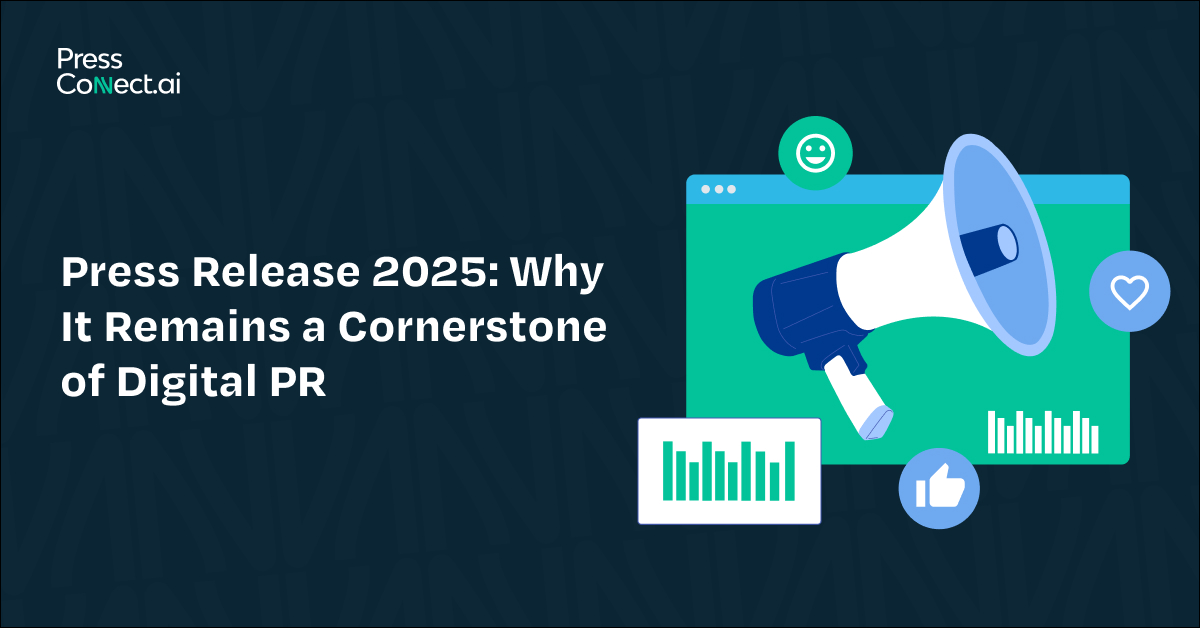Why PR Analytics Are Essential for Press Release Professionals Handling Crises
In the high-stakes world of press releases, crises aren’t just possible—they’re inevitable. When disaster strikes unexpectedly, the ability to manage it effectively becomes critical to protecting a brand’s reputation. For PR professionals, this means leveraging advanced PR analytics to identify, address, and resolve issues with precision. These tools offer invaluable insights, equipping practitioners with the expertise needed to turn challenges into opportunities for growth.
This article explores the transformative power of PR analytics, especially in crisis management for press release specialists. Through revolutionizing the conduct of PR campaigns, these analytics can inspire professionals to rethink their strategies and approach crises with a renewed sense of motivation and determination.
Analyzing What PR Crises Are and What They Can Do
Of particular importance, a PR crisis may arise from negative articles or programs on radio or television, customers’ complaints, or improper use of social media platforms. The results of poorly managed PR crises can be disastrous, including:
- Loss of public trust.
- Declining brand value.
- Market losses and cut down investor confidence.
PR analytics reassure crisis management by ensuring professionals gain the correct information for timely and effective action. The insights this provides allow the professionals handling releases to see, almost realistically, what is happening in the situation and know what mood public opinion is in that they are trying to placate and evaluate the performance of the efforts taken in managing the situation.
PR Analytics and Its Strategic Position in the Management Of Crises
Understanding the tools PR analytics presents to manage PR crises effectively is important. Here is how these analytics contribute to the effective handling of crises:
- Real-Time Monitoring: In emergencies, real-time PR analytics help teams monitor media and public sentiment, ensuring swift responses and improved crisis management.
- Sentiment Analysis: Knowing the audience’s stance during a PR crisis is vital. The nature of the public’s response—positive, negative, or neutral—is important, and analytics tools can provide branding teams with this insight.
- Media Impact Assessment: It also quantifies how many people read or view the media items about the crisis. So far, professionals who issue press releases could concentrate on relevant publications to do the telling well.
- Data-Driven Decision Making: Analytical data help the PR team know whether a strategy works during a crisis. For example, they can analyze the effectiveness of a press release and work on improving the message.
- Post-Crisis Evaluation: After the crisis, key performance indicators help evaluate campaigns’ effectiveness and determine needed changes.
Critical Metrics to Monitor in Managing a PR Crisis
For proper management of a PR crisis, professionals should focus on these critical metrics:
- Number of messages: Determines the rate of brand mentions to show the severity of the crisis.
- Audience Sentiment: This is the method of knowing how the client’s audience feels about the issue to create a better message.
- Views: Such measures as shares, comments, and likes illustrate how far the crisis-related posts go.
- Direct Traffic: Analytics can tell whether the crisis directs visitors to the brand website.
- Conversion Rates: Measuring the click-through rates, i.e., the degree to which the public has taken to the press release to sign up.
Monitoring these variables makes it relatively easy for PR professionals to address problems that come about as a result of PR.
Benefits of Crisis Management Through PR Analytics
Incorporating PR analytics into PR efforts amid crises yields the following benefits:
- Informed Responses: The insights regarding data use possibilities to guide the press release specialists in developing compelling answers that resonate with the stakeholders.
- Enhanced Transparency: Analytics fosters trust as each team participating may offer timely information to the stakeholders to minimize the instances of wrong information representation.
- Strategic Planning: Therefore, analytics can enable the profession to track patterns and trends and be better prepared for PR crises.
- Maximization of Resources: Measurement determines the channels and communications in which an investment will generate the best performance.
How to Overcome the Obstacles in Utilizing PR Analytics
With the benefits, another question arises here, what if there are certain hindrances, and how would the press release be utilized to overcome them the answer is that press release professionals may face challenges, including:
- Data Overload: Excessive information hinders the central point from gaining identification and keeps shifting focus within the data set.
- Lack of Expertise: Analyzing extensive and compelling data is often challenging; skill-specific teams cannot possess.
- Integration Issues: Integrating analytical tools into practicing PR can be convex.
For these reasons, there needs to be an investment in the right tools and training information that will enable everyone to manage this process.
Crisis Communication: The Roles of PR Platforms
Accurate PR platforms are helpful for press release specialists engaged in urgent situations. These concepts combine analytics, automation, and collaboration tools to provide crisis management processes. Important characteristics of good PR platforms include:
- Integrated Analytics: Collecting data from various sources in one place for a big picture.
- Automated Alerts: Actual-time alerts concerning potential crises.
- Collaboration Tools: Assisting in coordinating communication between the members of a given team.
- Customizable Dashboards: Allowing practice specialists to focus on these key measures.
In a nutshell, PR teams should use the right platform to manage crises effectively.
Future of PR Crisis Management: Analytics at the Core
Based on the PR development tendencies, analytics should still be at the very place in managing crises as changes happen. Today, many vital technologies are underway to transform PR people in dealing with PR disasters by advancing technology such as artificial intelligence and machine learning. The tools are AI-controlled and enable the identification of impending crises according to trends and sentiments, preventing them from happening.
The specificity of the sentiment analysis can also be enhanced by machine learning to achieve a deeper understanding of the audience responses.
Further, the more advanced PR platforms now include predictive analysis to enable professionals to model the impacts of possible crisis management solutions before they apply them to the market. These developments point out that the approach should be data-driven to allow brands to deal with any PR issue as it comes up. However, knowledge of these tools is no longer a luxury for professionals dealing with press releases. It is the future of press releases.
Press Connect: Your All-in-One Business PR Crisis Management Partner
Press Connect transforms how people in the industry of issuing press releases approach PR mishaps because it provides a comprehensive set of features that enhance the entire process of PR crisis management. Real-time PR analytics ensure that media coverage, audience sentiment, and campaign results are all reflected in real time, so nothing important will be missed. These metrics dashboards highlight broad and specific valuable parameters and indices for decision-making. For enhanced confidence, Press Connect provides technical support in explaining analytics and fine-tuning strategies. This highly innovative PR tool easily interfaces with existing work schedules to enable the relevant professionals to turn a crisis into an advantage with a clear focus on outcome delivery.






